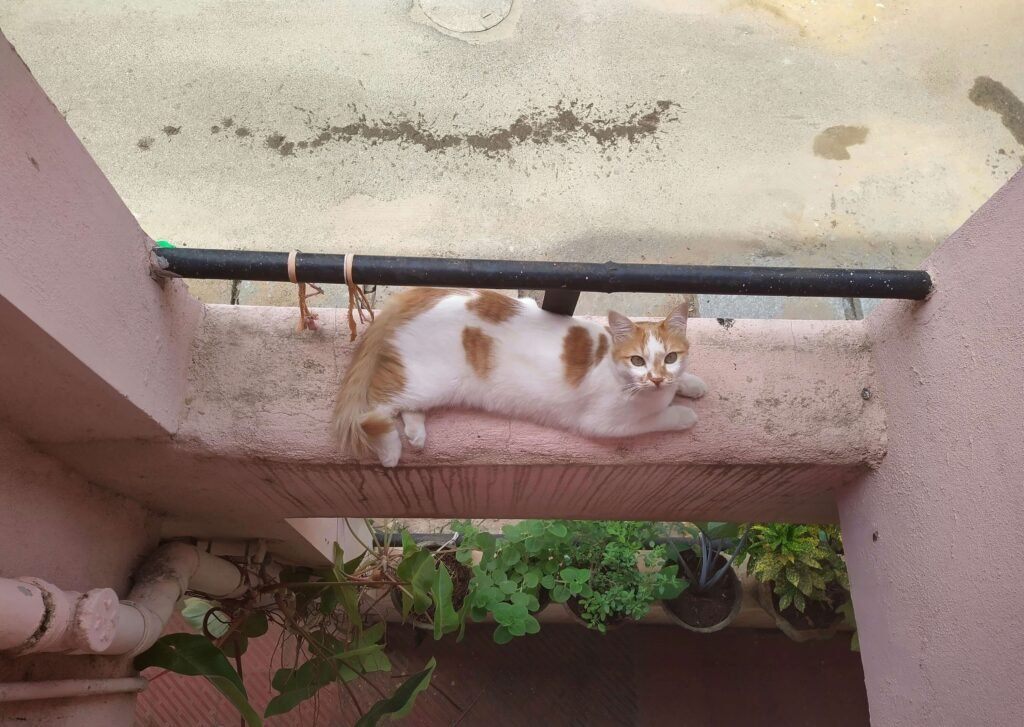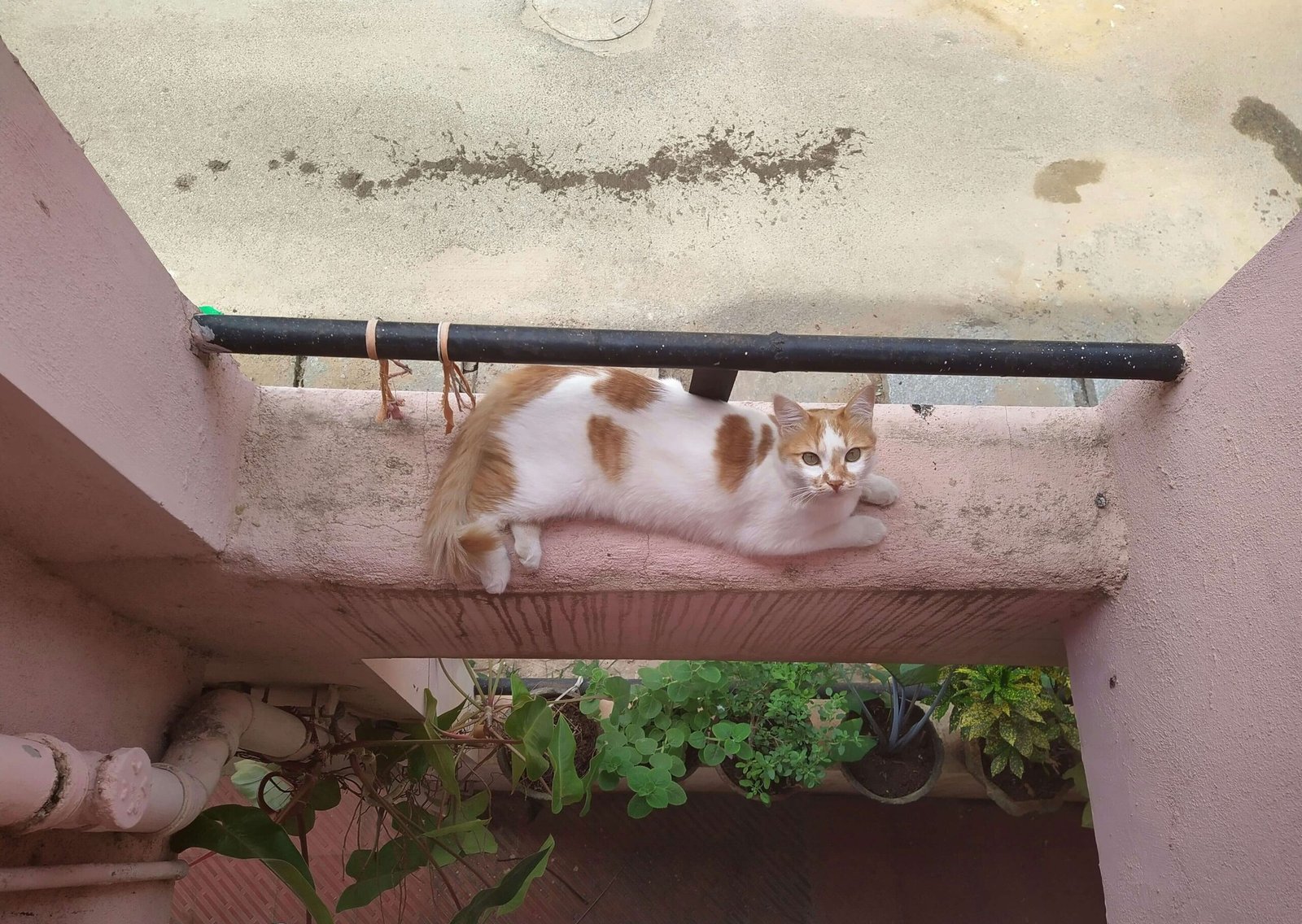Why Is My Cat So Skinny? Understanding the Concern
If you’ve ever found yourself saying, “My cat is so skinny I can feel her bones,” you’re not alone. Many cat owners experience moments of worry when they notice their feline companion looking unusually thin. While cats naturally have a lean physique, being able to feel their ribs or spine prominently could indicate an underlying issue. This blog post will explore the possible causes of your cat’s weight loss, how to assess their condition, and what steps you can take to ensure their health and happiness.
Common Reasons Why Your Cat Might Be Losing Weight
When your cat seems skinnier than usual, it’s essential to consider potential reasons behind this change. Here are some common factors that could contribute to unexpected weight loss:
Dental Issues
Cats with dental pain may avoid eating due to discomfort, leading to weight loss.Parasites
Internal parasites like worms can rob your cat of vital nutrients, causing them to lose weight despite eating normally.Chronic Illnesses
Conditions such as diabetes, hyperthyroidism, or kidney disease often result in significant weight changes.Stress or Anxiety
Changes in the environment, such as moving homes or introducing a new pet, can affect your cat’s appetite.Poor Diet
A lack of proper nutrition or feeding low-quality food can leave your cat undernourished.
Understanding these causes is the first step toward addressing the problem. Remember, identifying the root cause is crucial for ensuring your cat regains its health.
How to Assess Your Cat’s Body Condition
Before jumping to conclusions, it’s important to evaluate your cat’s body condition systematically. Here’s how you can do it:
Feel Their Ribs
Gently run your hands along your cat’s sides. You should be able to feel their ribs without pressing too hard, but they shouldn’t protrude excessively.Check Their Spine
Run your fingers down your cat’s back. The spine should feel smooth and slightly padded, not sharp or bony.Observe Their Waistline
Look at your cat from above. A healthy cat will have a slight inward curve at the waist, resembling an hourglass shape.Look for Muscle Tone
Check if your cat has visible muscle tone in their legs and shoulders. Excessive thinness here could signal malnutrition.Monitor Their Energy Levels
Notice whether your cat seems lethargic or overly active. Both extremes can indicate health issues.
By conducting this simple assessment, you’ll gain valuable insights into your cat’s overall well-being. If anything seems off, it’s time to consult a veterinarian.
Check this guide 👉Why Is My Cat Eating My Hair? Best 7 Expert Tips!
Check this guide 👉Why Is My Cat Drooling Thick Saliva? Best 7 Expert Tips!
Check this guide 👉Why Does Your Cat Drool When Purring? Best 7 Expert Tips!

Signs of a Healthy Cat | Signs of an Underweight Cat |
|---|---|
Smooth, shiny coat | Dull, patchy fur |
Moderate energy levels | Lethargy or excessive restlessness |
Rounded body shape | Visible ribs and spine |
Consistent appetite | Loss of interest in food |
Playful and curious behavior | Withdrawn or irritable demeanor |
Steps to Help Your Cat Gain Weight Safely
If your cat is indeed underweight, there are several safe and effective ways to help them regain their strength. Below are actionable steps you can take:
Consult a Veterinarian
Schedule a check-up to rule out any medical conditions before making dietary changes.Switch to High-Calorie Food
Opt for nutrient-dense cat food specifically designed for weight gain.Offer Frequent Small Meals
Instead of two large meals, provide multiple small portions throughout the day.Incorporate Wet Food
Wet food is more palatable and contains higher moisture content, encouraging your cat to eat more.Monitor Progress Regularly
Keep track of your cat’s weight weekly to ensure steady improvement.
These steps can make a world of difference in helping your cat achieve a healthier weight. Always prioritize gradual progress over quick fixes.
Preventing Future Weight Loss in Your Cat
Once your cat has regained its ideal weight, it’s important to maintain their health and prevent future issues. Consider the following tips:
Maintain a Routine
Stick to a consistent feeding schedule to keep your cat’s digestion stable.Provide Mental Stimulation
Engage your cat with toys and activities to reduce stress-related eating habits.Regular Vet Visits
Schedule annual check-ups to catch any potential problems early.Keep Fresh Water Available
Ensure your cat always has access to clean drinking water to support their metabolism.Monitor Their Environment
Minimize disruptions in your home to create a calm atmosphere for your pet.
By implementing these practices, you can safeguard your cat’s long-term health and happiness. Prevention is always better than cure!
Nutritional Tips for Underweight Cats
A balanced diet is the cornerstone of helping your cat regain weight safely. Here are some nutritional tips to guide you:
Choose High-Protein Foods
Cats are obligate carnivores, meaning they thrive on protein-rich diets. Look for foods with real meat as the primary ingredient.Add Healthy Fats
Incorporate foods containing omega-3 and omega-6 fatty acids, which support skin, coat, and overall health.Avoid Fillers and By-Products
Steer clear of foods loaded with grains or artificial additives, as these offer little nutritional value.
Providing your cat with nutrient-dense meals can significantly boost their energy levels and aid in healthy weight gain. Always ensure the food aligns with their specific dietary needs.
Signs Your Cat Is Improving
As you work to help your cat regain weight, it’s important to monitor their progress closely. Look for these positive signs that indicate improvement:
Increased Playfulness
A more active and playful demeanor often reflects improved energy levels.Healthier Coat
A shiny, soft coat is a good indicator of better nutrition and hydration.Improved Appetite
If your cat starts eating more consistently, it’s a sign they’re feeling better.Weight Gain
Regular weigh-ins will confirm whether your efforts are paying off.Brighter Eyes
Clear, bright eyes suggest overall vitality and wellness.
These signs show that your efforts are making a difference. Celebrate small victories along the way, but remain consistent in your care routine.
Common Mistakes to Avoid
While trying to help your cat gain weight, it’s easy to make mistakes that could hinder progress. Be mindful of the following pitfalls:
Overfeeding Too Quickly
Rapid weight gain can lead to digestive issues or other health problems.Using Unapproved Supplements
Adding supplements without veterinary guidance may do more harm than good.Ignoring Hydration
Dehydration can exacerbate health issues, so always ensure fresh water is available.Skipping Vet Visits
Failing to consult a professional can delay diagnosis and treatment of underlying conditions.Feeding Inconsistent Portions
Irregular feeding schedules can confuse your cat’s metabolism and appetite.
Avoiding these common mistakes can save you time, money, and stress while ensuring your cat stays on the path to recovery. Consistency and care are key to success.
Frequently Asked Questions About Skinny Cats
Is it normal for cats to feel bony?
While you should be able to feel a cat’s ribs slightly, prominent bones usually indicate they are underweight.
How much weight should a cat gain per week?
A healthy rate is about 1-2% of their body weight per week.
Can stress cause my cat to lose weight?
Yes, stress can significantly impact a cat’s appetite and lead to weight loss.
Should I give my cat human food to help them gain weight?
No, human food can upset a cat’s stomach. Stick to vet-approved options.
What if my cat refuses to eat altogether?
Contact your veterinarian immediately, as this could indicate a serious issue.
Final Thoughts: Prioritizing Your Cat’s Health
Caring for a skinny cat requires patience, observation, and proactive measures. Whether the issue stems from poor nutrition, illness, or environmental stressors, addressing it promptly is key to ensuring your feline friend thrives. By understanding their needs and working closely with your veterinarian, you can help your cat return to a healthy weight and enjoy a happy life. Remember, your love and dedication are the most powerful tools in keeping your cat healthy and vibrant.
Cat Fever Treatment: Best 7 Expert Tips! Discover expert advice on identifying, managing, and treating fever in cats to ensure their quick recovery and well-being.
Understanding Meloxicam for Cats: Best 7 Expert Tips! Learn how to safely administer meloxicam, manage side effects, and ensure your cat's comfort with expert advice on feline pain relief.
Amoxicillin for Cat UTI: Best 7 Expert Tips! Discover safe usage, dosage guidelines, and expert advice on treating feline urinary tract infections effectively with amoxicillin.
Understanding Cat Cancer Treatment: Best 7 Expert Tips! Discover expert advice on managing feline cancer, from early detection to treatment options, ensuring your cat’s health and comfort.





